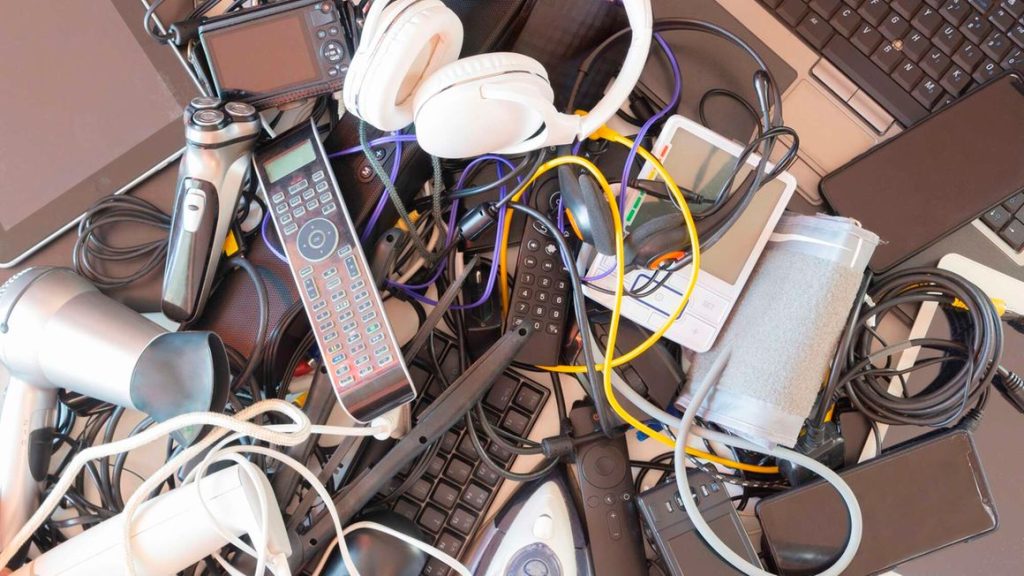If you’ve been using the same smartphone for the past two years, you might be surprised when you shop for a new one, especially if you’re looking at premium brands or top-tier products. Recently, high-end smartphone manufacturers have changed how they package new devices, excluding accessories like charging adapters and earphones, which were once included for free. This shift is part of efforts to reduce electronic waste, a growing global problem.
Market leaders like Apple and Samsung have stopped including these accessories with their devices. In fact, the latest models of iPhone and Samsung phones no longer even have earphone ports. The companies say this helps transition users away from wired earphones, which don’t last as long as Bluetooth-enabled earbuds or pods, which have become more popular.
“It’s all part of the initiative to minimize electronic waste worldwide. We’re also rolling this out across East Africa,” said Anthony Hutia, head of Samsung East Africa’s mobile experience division.
The buildup of electronic waste, or e-waste, has become a major concern for environmentalists and tech industry stakeholders, who are pushing to reduce the production of unnecessary electronics, such as earphones. A study by the International Telecommunications Union (ITU) highlighted the issue, revealing that East Africa has a particularly large e-waste problem due to limited recycling facilities.
According to the study, by 2021, East Africa had accumulated an estimated 170,000 tonnes of e-waste, with the amount increasing by about 128,000 tonnes annually. To put that in perspective, this is roughly a quarter of Kenya’s total annual tea export volume.
E-waste poses serious health risks. The World Health Organization (WHO) reports that e-waste emits toxins linked to lung and nervous system diseases, particularly affecting children.
One reason for limiting accessories like chargers is that most modern devices use a universal type-C charging cable. This means one charger can power multiple devices, such as phones, laptops, power banks, and earbuds, reducing the need for additional chargers. In the European Union, it’s now a legal requirement for all electronic devices to use type-C chargers, a law introduced in 2022 to cut down on e-waste, which is now influencing policies globally.
“E-waste reduction is the key reason behind the changes in how mobile devices are produced,” explained Charles Kimari, general manager for West Africa and Ethiopia at Watu, a device-financing company.
However, while this shift affects high-end smartphone users, many East Africans who still use feature phones or entry-level smartphones are not yet part of this change, as these devices still come with full charging sets and earphones. Some phone brands continue to include these items, hoping to appeal to customers unhappy with the reduced accessory options.
To further combat e-waste, companies like Tecno, Oppo, and Samsung have started producing phones with biodegradable parts, aiming to lessen the environmental impact.
Despite the good intentions behind the changes, not all consumers appreciate the shift to fewer accessories. “It’s important to educate users that this isn’t about cutting costs; it’s about sustainability and ensuring that products last longer,” said Mr. Hutia.






















